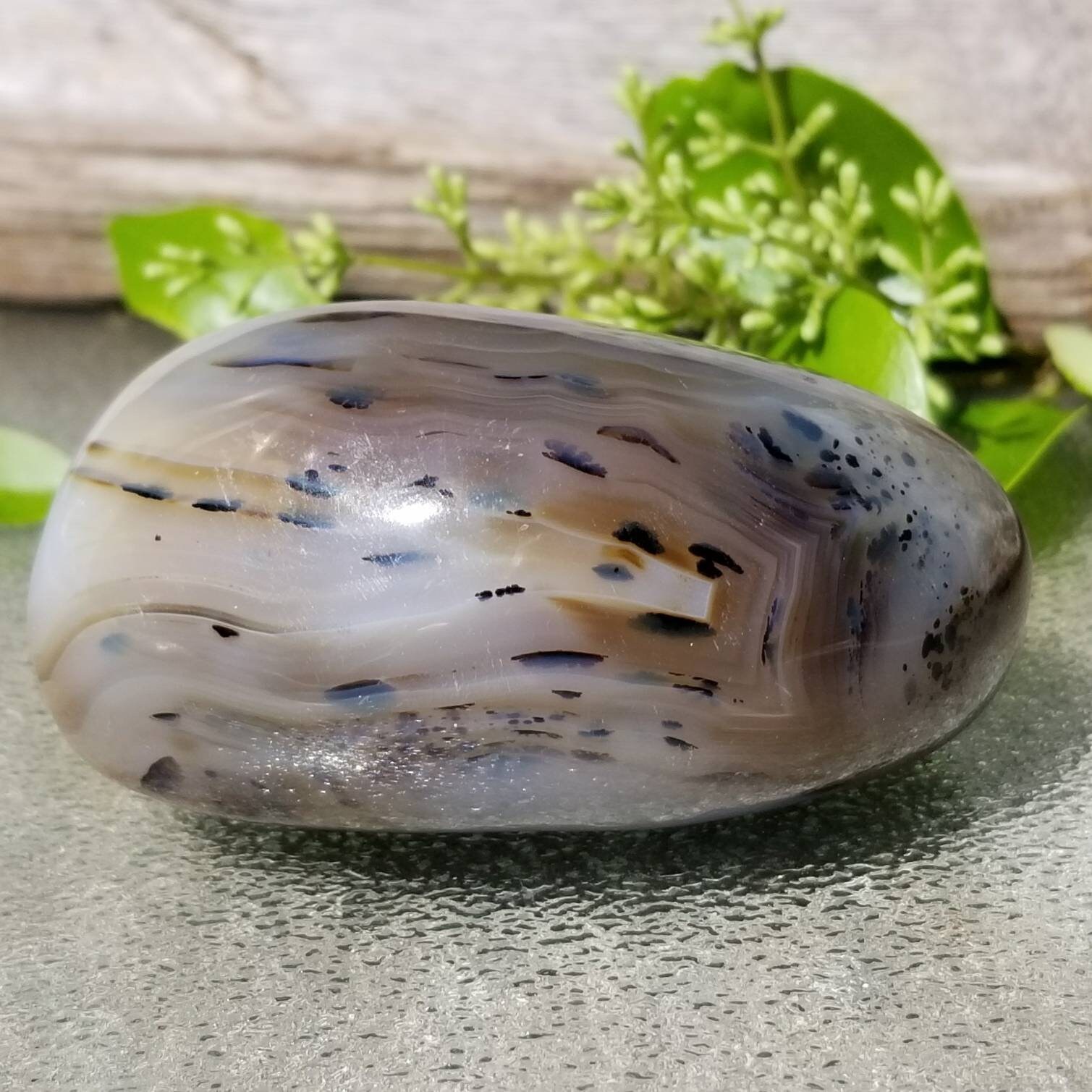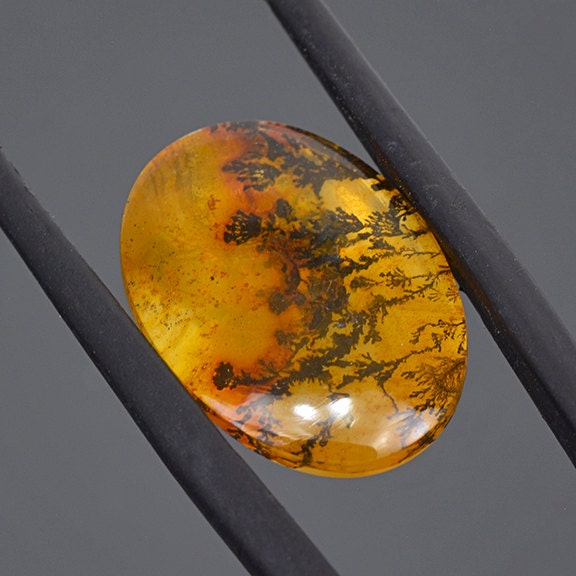

After axons are severed, the portion of the axon distal to the cut site degenerates ( Gerdts et al., 2016), and an injury signal is sent to the cell body ( Abe and Cavalli, 2008 Rishal and Fainzilber, 2014).

Axon injury and repair have been studied for over one hundred years, and some aspects of the axon injury response have been elucidated. As neurons typically cannot be replaced in mature nervous systems, repair pathways have evolved to allow neurons with damaged axons or dendrites to regain function. Most neurons use dendrites to receive signals and axons to send them, and function is lost if either type of process is damaged. We conclude that neurons in vivo can respond to simultaneous axon and dendrite injury by initiating growth of a new axon and new dendrites. The long process also accumulated endoplasmic reticulum at its tip like regenerating axons. Moreover, the long neurite had axonal plus-end-out microtubule polarity and the shorter neurites had mixed polarity consistent with dendrite identity. In this case a long unbranched neurite and short branched neurites were regrown from the stripped cell body. To further test the capacity of neurons to implement polarized regeneration after axon and dendrite damage, we removed all neurites from mature neurons. These observations suggested axons and dendrites could regrow at the same time. After removal of the axon and all but one dendrite, the remaining dendrite was converted to a process that had a long unbranched region that extended over long distances and a region where shorter branched processes were added. To investigate the outcome of simultaneous axon and dendrite damage, we used a Drosophila model system in which neuronal polarity, axon regeneration, and dendrite regeneration have been characterized. Whether neurons in vivo can sense and respond to simultaneous axon and dendrite injury with polarized regeneration has not been explored. Axon and dendrite regeneration have been examined separately and require sensing the injury and reinitiating the correct growth program. Rather than undergoing cell death, some neurons can regrow axons and dendrites. If either type of process is removed, the cell cannot function. The term “dendrite” comes from the Greek word dendron, which means “tree”.Neurons extend dendrites and axons to receive and send signals. This process occurs again and again until a dendrite is produced. However, overall, the protuberance becomes amplified. In opposition to this is the action of the surface tension tending to flatten the protuberance and setting up a flux of solute atoms from the protuberance out to the sides. This increases the diffusion rate to the tip. Any protuberance that develops is accompanied by a steeper concentration gradients at its tip. In the latter case, there must be a concentration gradient from the supersaturated value in the solution to the concentration in equilibrium with the crystal at the surface. Dendritic crystals can grow into a supercooled pure liquid or form from growth instabilities that occur when the growth rate is limited by the rate of diffusion of solute atoms to the interface. Dendritic crystallization forms a natural fractal pattern. Dendritic crystal growth is very common and illustrated by snowflake formation and frost patterns on a window. A crystal dendrite is a crystal that develops with a typical multi-branching tree-like form.


 0 kommentar(er)
0 kommentar(er)
